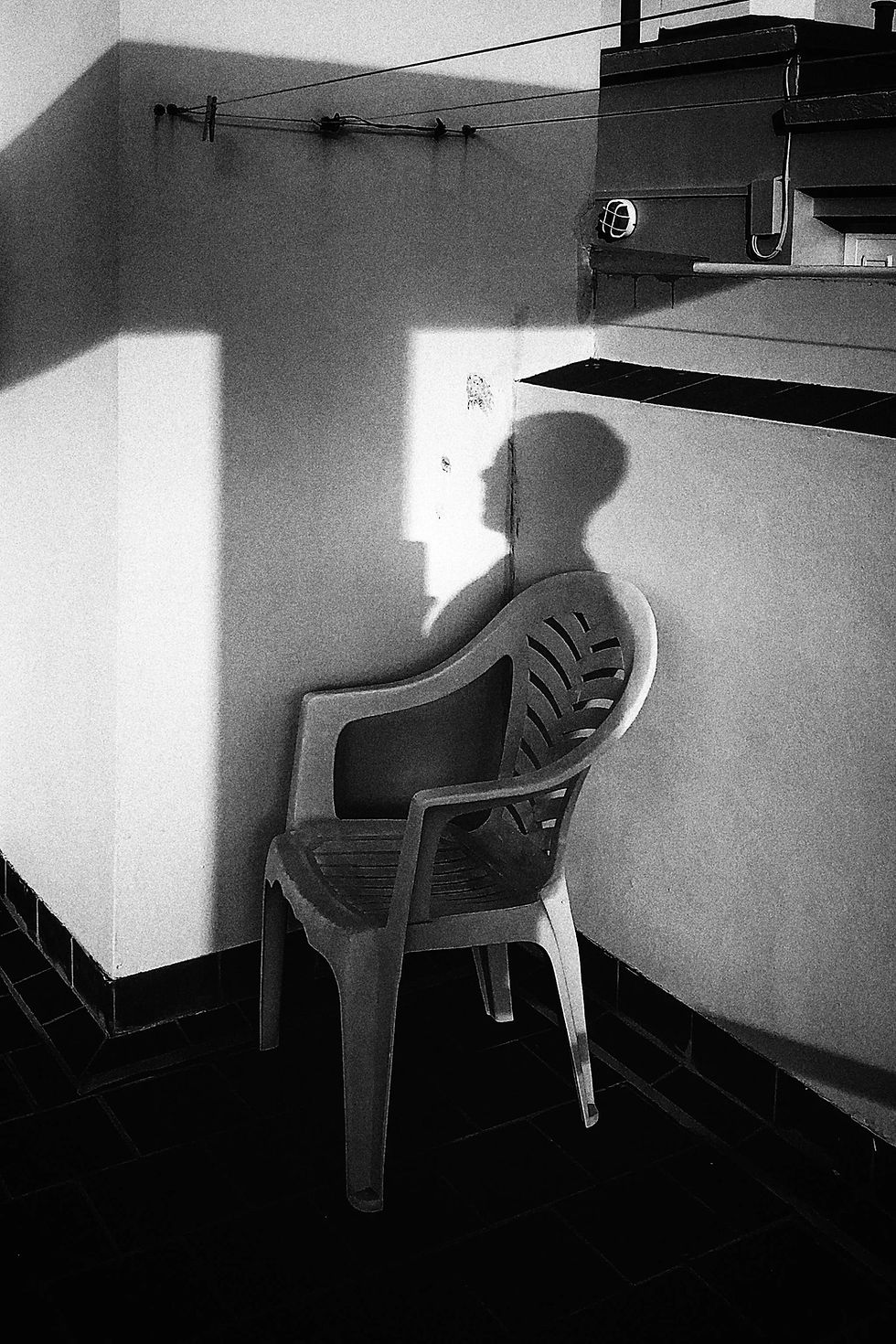Vivian Maier: The Invisible Eye of the Street
- squint

- Apr 18
- 2 min read
In the soft shadows of urban alleys and sun-drenched sidewalks, where the ordinary passes unnoticed, Vivian Maier watched the world with a quiet intensity. She was a ghost with a Rolleiflex, a woman who wandered unnoticed among crowds—an anonymous soul capturing the pulse of 20th-century America with an artistry no one recognized until long after her lens had been set down.

Vivian Maier was not a professional photographer. She earned her living as a nanny, walking children through city parks, past department store windows, through the chaos of markets and the stillness of backstreets. All the while, hidden behind her camera, she was composing visual poems—raw, unfiltered, and startlingly intimate glimpses into the lives of strangers. Her work is now considered among the most remarkable street photography of the 20th century. But during her lifetime, her talent was a secret even to those closest to her.

Born in 1926 in New York City to a French mother and Austrian father, Maier’s life was peripatetic and enigmatic. She spent much of her youth between France and the U.S., absorbing cultures and observing human nature. Her demeanor was eccentric, guarded, even aloof. But behind the layers of mystery lay a fierce observer—someone who understood the quiet drama of a passing glance, the poetry in a wrinkled hand, the fragile dignity of poverty.

It wasn’t until 2007, two years before her death, that her vast archive was accidentally discovered in a storage locker auctioned off due to unpaid rent. Inside were more than 100,000 negatives, undeveloped rolls of film, and audio recordings—an entire life's work hidden away in boxes. This discovery would ignite a global fascination. Who was this woman? Why did she never share her photographs? And how could a nanny—completely untrained—have created a body of work that rivals the greats?

Vivian Maier’s importance lies not just in the beauty of her images, but in her devotion to the act of seeing. She reminds us that art doesn’t need an audience to be real, that creation itself is a private rebellion, a sacred ritual. Her photographs are filled with empathy and irony, humor and sadness. She was drawn to the marginalized—the elderly, the poor, the forgotten—and gave them presence, dignity, and space in the frame.

There is something inherently cinematic in her vision. The way she used light and shadow, the crisp geometry of her compositions, the almost accidental grace of her subjects. A boy leaning on a fire hydrant. A woman mid-laugh on a busy street. Her own shadow stretching long on a sidewalk—half self-portrait, half disappearance.
Vivian Maier is not just a story of artistic genius, but also a meditation on anonymity, gender, and the nature of legacy. Her work forces us to ask: how many other hidden artists walk among us, unseen? And what does it mean to create without applause, without recognition—only for the sake of beauty, of truth?

Today, Maier’s photographs hang in galleries across the world. But perhaps her true gallery is still the street—the place she loved most, where humanity unfolded unscripted, and where she, invisible but present, turned fleeting moments into timeless echoes.




